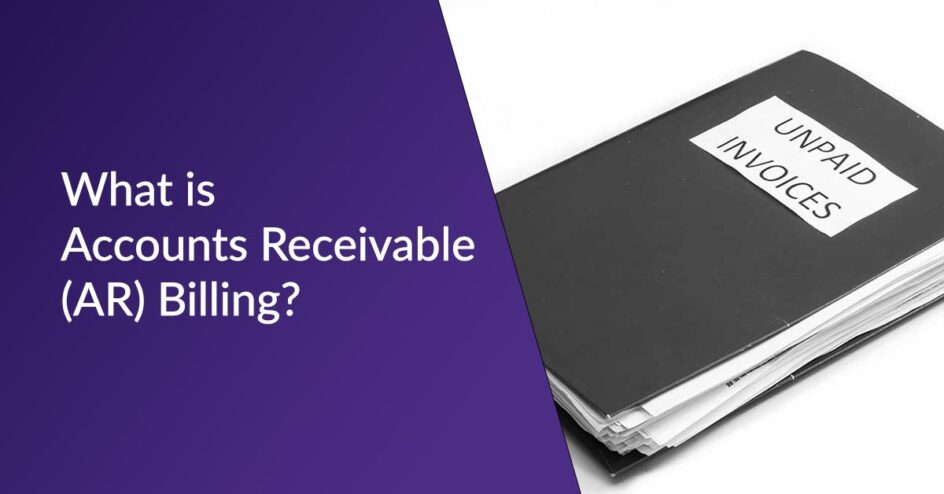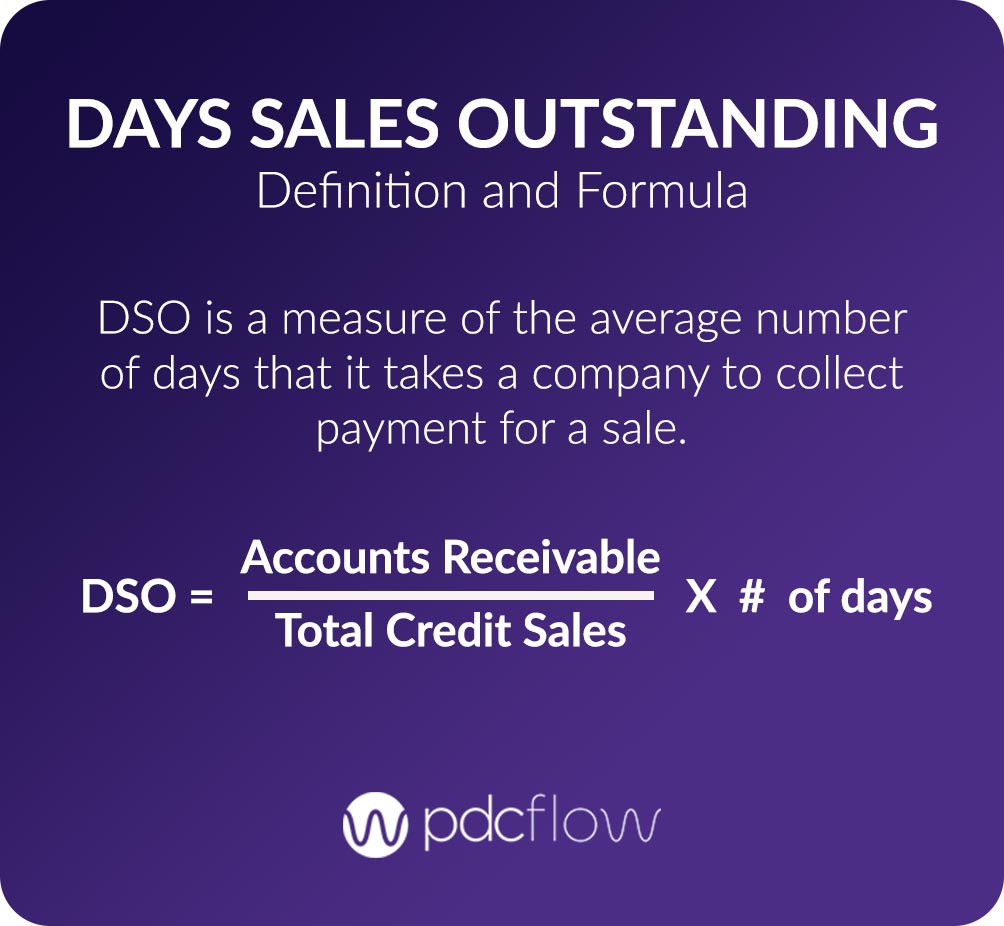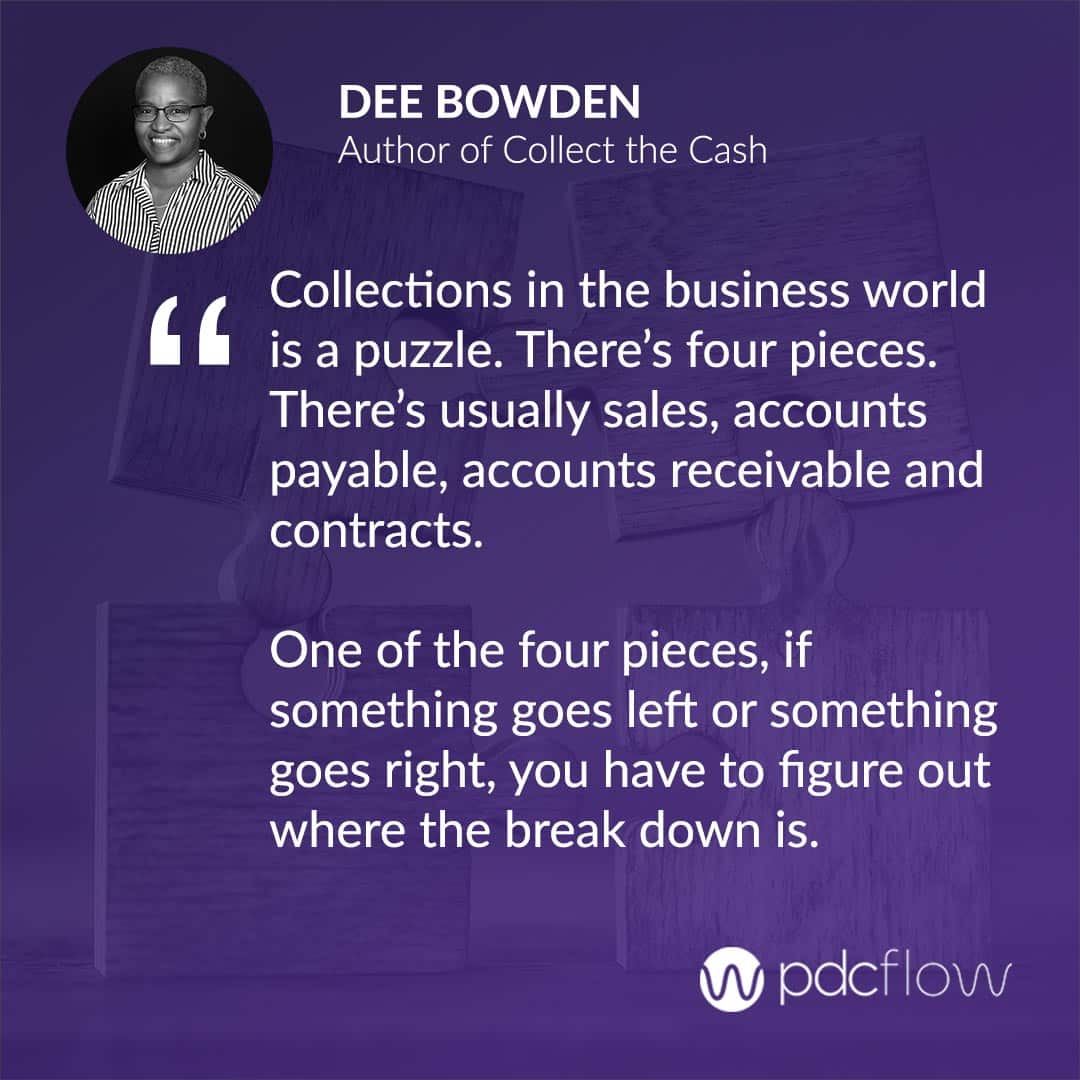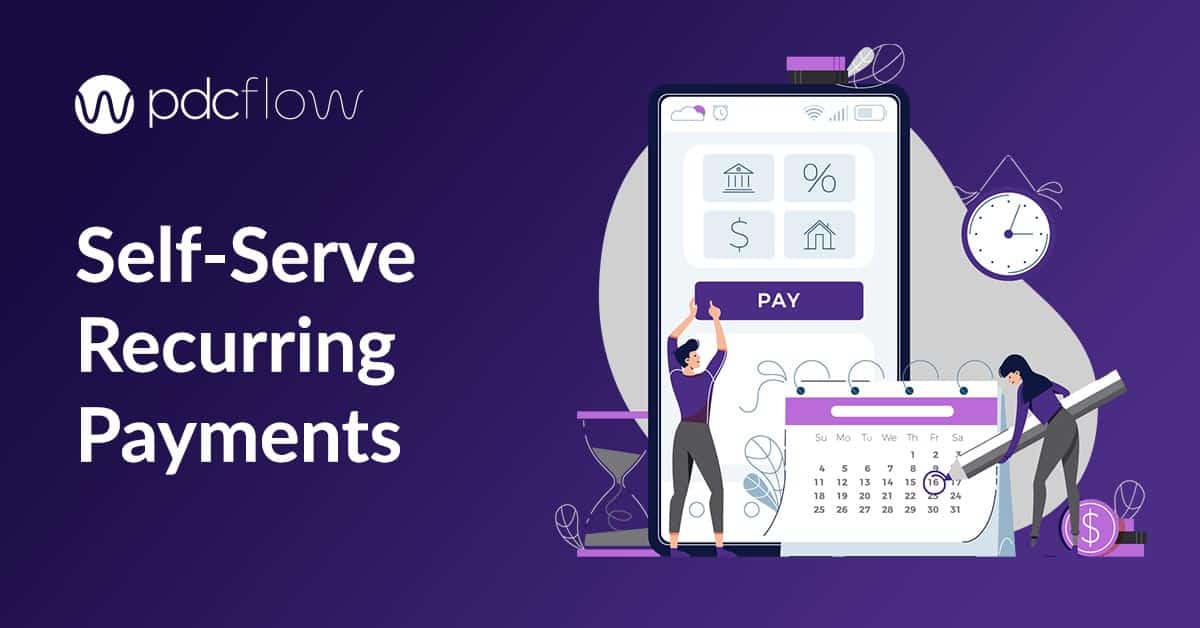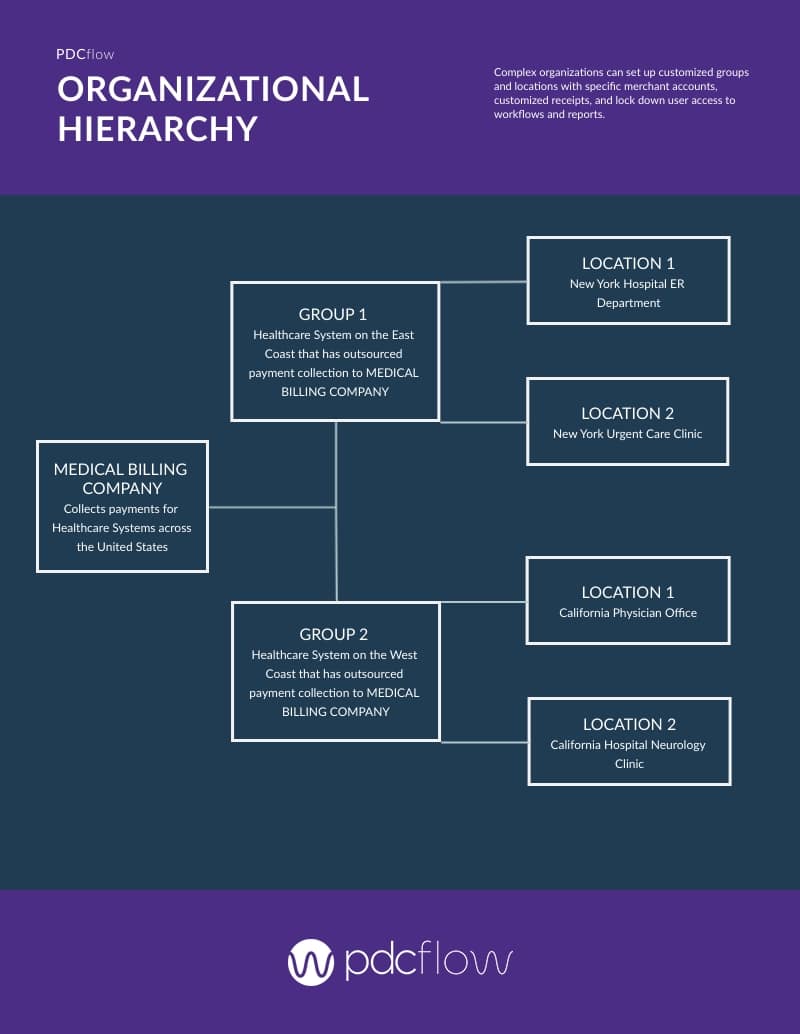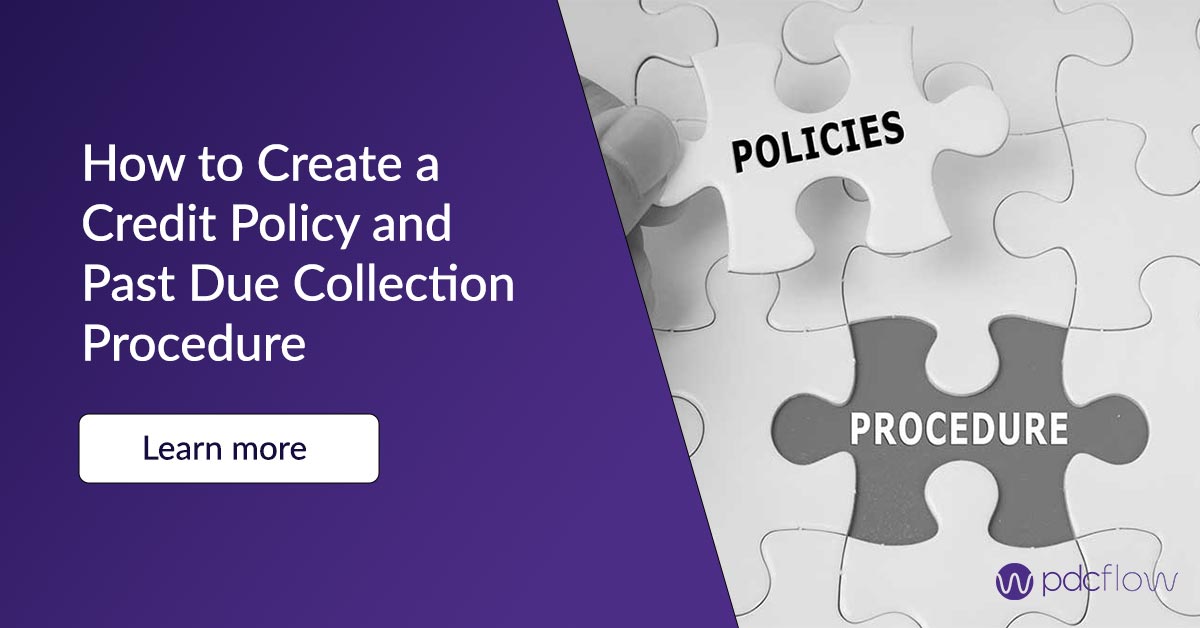Most business offices have a dedicated department that is responsible for their AR billing processes. The system each company follows can be as simple as sending a bill and hoping it gets paid, or as complex as a series of payment notices, late fees and other prompts to decrease days sales outstanding (DSO).
What is Accounts Receivable (AR) Billing?
Why Does AR Billing Matter?
Payment collection matters because it is the most direct way to increase your company’s revenue. By creating efficient billing services and a late payment collection system, you can increase the amount of money you bring in per month without the effort of pursuing new customers.
Following pre-collection best practices and implementing the right tools can cut down on the time your office staff spends on accounts receivable workflows.
AR Billing System Best Practices
Cross-Departmental Collaboration
When you’re beginning to dive into a backlog of unpaid accounts, you may need to collaborate with other departments for information. Talking to customer service representatives can give you insight into possible complaints or incorrect billing.
Talking to sales might uncover special deals made before onboarding that impact when or how much your customers are expected to pay. You may even learn about technical issues in your invoicing workflow that cause friction or roadblocks – which in turn cause abandoned payments.
A Credit and Collections Policy
When a bill isn’t paid on time, it’s in your company’s best interest to continue collection efforts for a short while. However, there are many factors to consider in how your company decides to conduct late payment collections.
These determinations should be included in a formal Credit and Collection Policy. Once this is created, include it within your company policies and procedures so all employees can be trained to follow the appropriate guidelines.
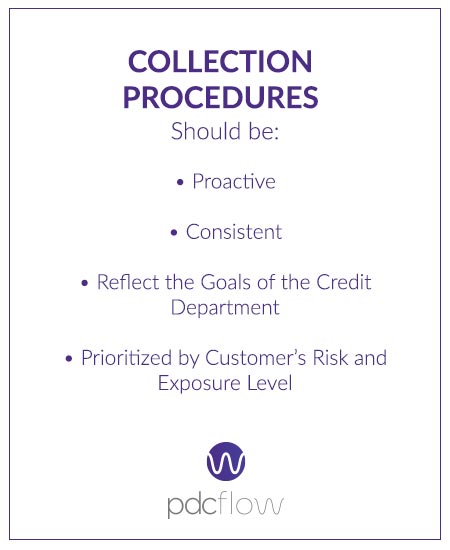
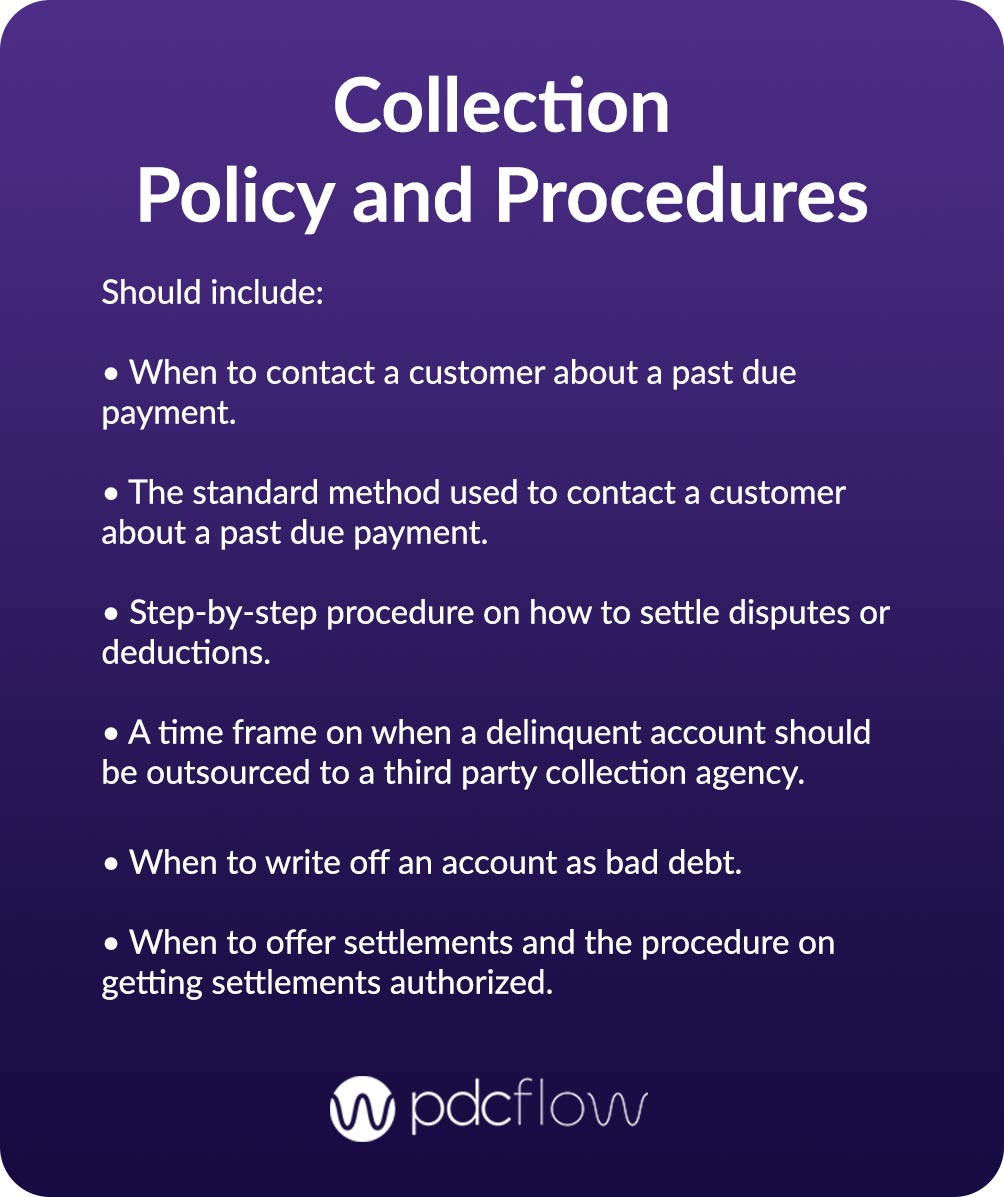
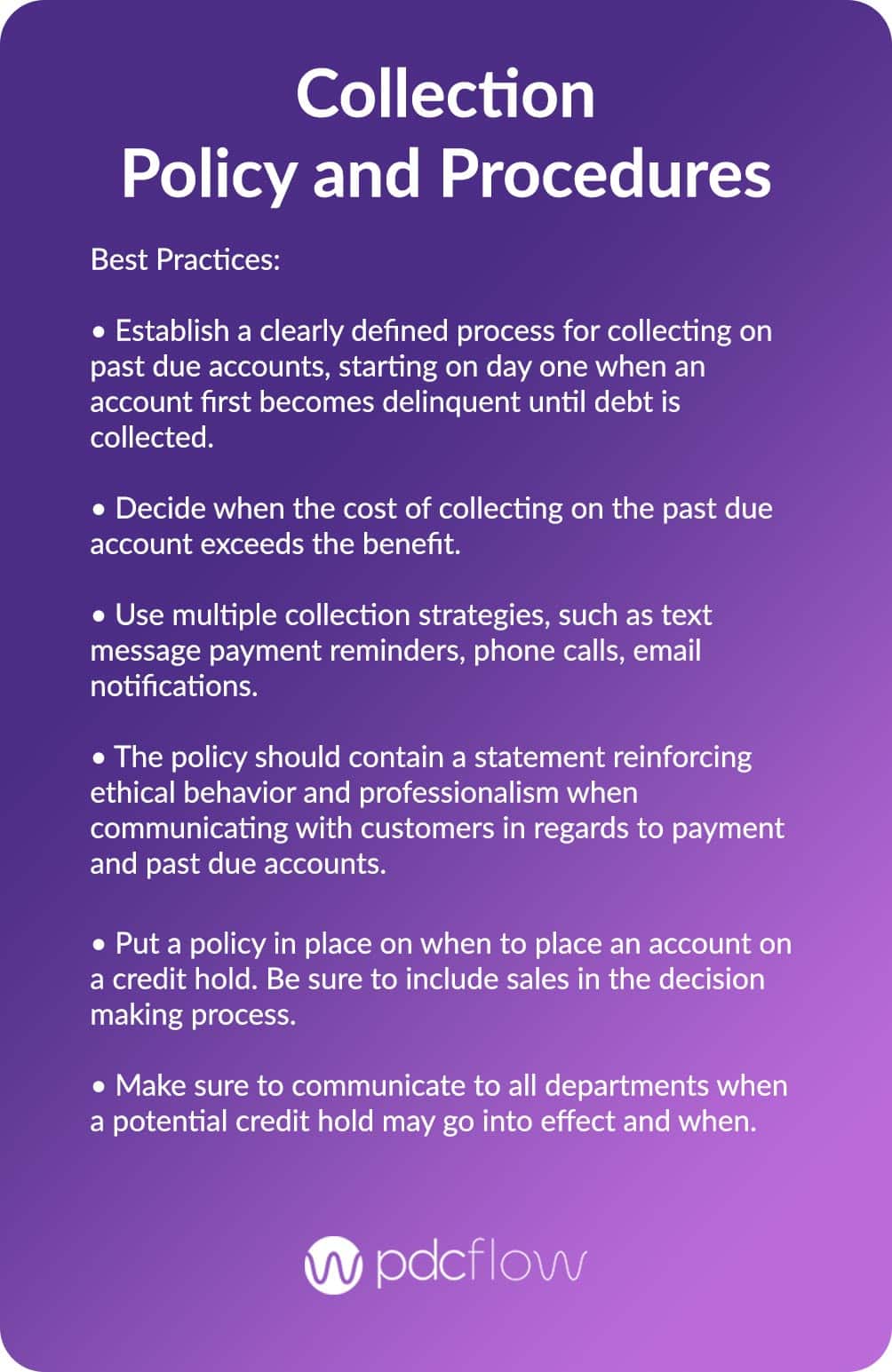
A Payment Communication System
A comprehensive payment management system is one of the simplest ways to improve pre-collection efforts. Finding software that allows you to send out accounts receivable invoices, offer multiple payment options and customer-initiated payments will free up time staff would spend stuffing envelopes and making calls to late-paying consumers. A payment communication system should offer the following:
Recurring Payments
If you offer payment plans for your goods or provide big-ticket services that are hard to pay off in a lump sum, find software that can schedule recurring payments. Automatic recurring payments make it easy to create a plan that works for you and your customers. Make sure you never miss out on revenue because of a forgotten payment.
Recurring payment schedules shouldn’t be reserved only for customers who can talk to you during office hours. Offering payer created recurring schedules on your online payment portal lets customers choose an installment plan without having to wait on hold or speak to a customer service representative.
Self Serve Payment Options
Some consumers work during business hours. Some simply don’t like speaking with people to pay their bills. Others, especially younger generations (like millennials) find it easier to make payments themselves online. To capture more payments, provide ways for your customers to help themselves through online payment portals and IVR phone systems.
Robust Reporting
The more data you have to rely on, the better. The software you use should have comprehensive reporting capabilities and customizable options, so you can pull the exact reporting you need to fine tune your AR billing efforts. Organizational Hierarchy features, like those available in PDCflow’s software can help admins lock down information by department, group or location. It can also track payments taken by individual employees or payment channels.
Electronic Invoicing With Payment Collection
One of the most valuable ways to maximize staff time is to find software that allows invoicing and payment collection in a single step. Look for a versatile tool that allows you to send payment reminders and invoices to customers while including a payment link directly in the communication. By sending a reminder or bill directly to a consumer’s mobile number or email address, you can capture more payments while the action is on their mind.
Best of all, electronic invoicing and payments allow your AR billing department to ditch paper letters. That means no more stuffing envelopes and no more filing hard copies of contracts and invoices.
PDCflow has all the tools your business needs to get your AR billing and payments on track. Send invoices, request signatures or photo uploads and even request a payment – all in a single workflow. The process is easy for your employees and streamlines payment communications for your customers.
If you want to capture more payments before they become bad debt and simplify your workflows to save time spent on manual tasks, request a call with a PDCflow Account Executive today for more information.

